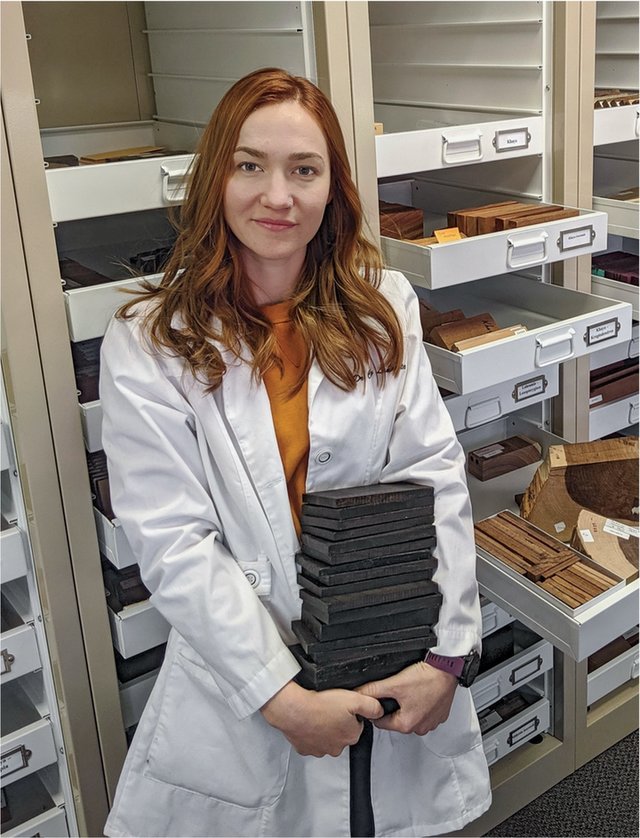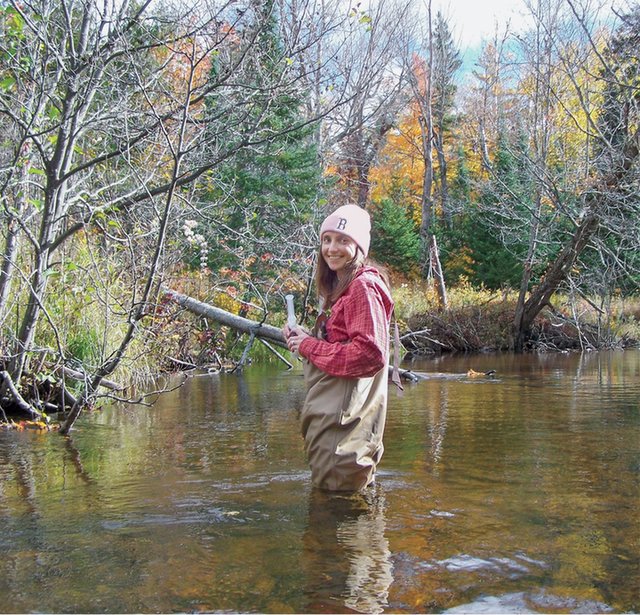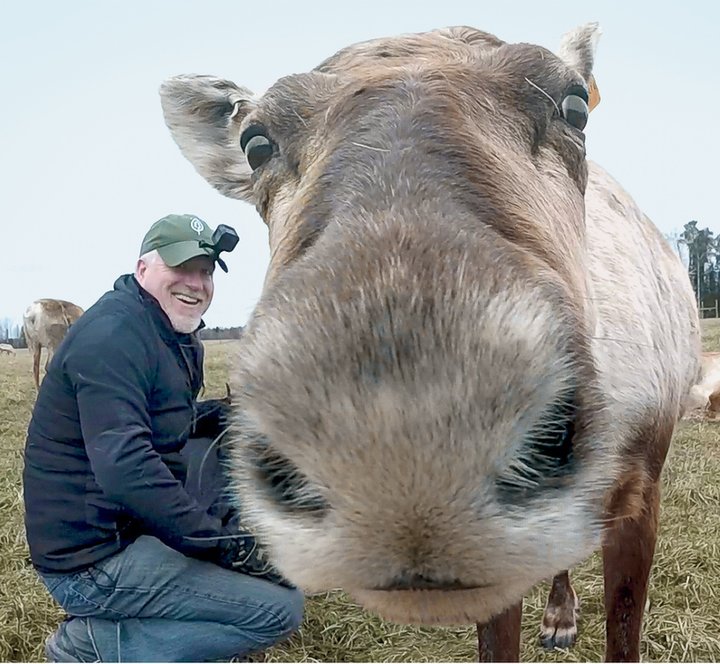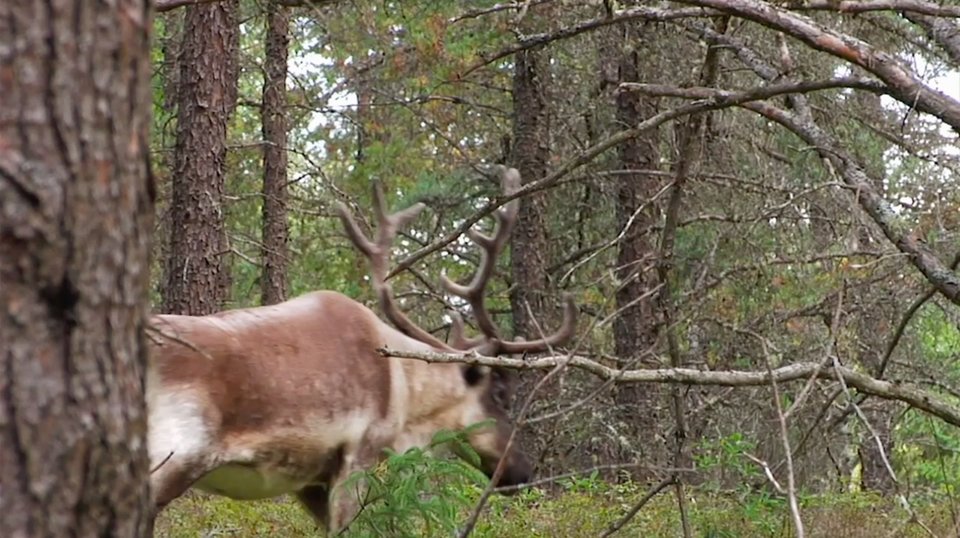
CadyLancaster
Wood Scientist
Ashland, Oregon
Istudythechemicalpropertiesofwoodinordertoidentifywoodthathasbeenillegallychopped down.
Illegalloggingisthethirdlargestinternationalcrime.Treesarecutdownandusedforallsortsofpurposes.Asawoodchemist,Iknowthateachtreespecieshasaunique“fingerprint”ofchemicals.Myjobistotraveltheworldtobuildadatabaseofeachtreespecies’fingerprint.Wecanusethedatatoidentifytreesthathavebeenillegallylogged.Thisisimportant.Ifwecan’tidentifythewoodthatisbeingtradedorcutdown,thenwecannotenforcethelawsthatprotectthe trees.
Iworkforensiccasesforlawenforcement,assistinginspectorsandagentstoidentifythespeciesofwoodinanythingfromfloorboardstoexpensivejewelry.Icarefullydisassemblewoodenobjectstocollectsliversfromhiddenlocations.ThenItakethesliverstoaspecialmachineto“burn”thesample.Thisreleasesthechemicalsinthewood,whichIthencomparetothe database.
Thisdatabasecanbeusedgloballytocatchcriminalsthathavebeenpoachingtreesfromsomeoftheworld’smostprotectedandbeautifulhabitats.Thesehabitatsareprecious,notonlytothetreesbutalsothewildlifethataresustainedbythem.Youcan’thaveorangutansswingingfromtreetotreeifyoucutdownallofthetrees.EverycaseIworkisanotherstepclosertoprotectingour environment.
DarrenJ.H.Sleep
Wildlife Biologist
Ottawa,Ontario, Canada
Istudywildlifeandtheirhabitatstounderstandwhattheyneedto thrive.
MydadgavemesomeadvicewhenIwasyoung.Hesaid,“Findacareeryoulovesomuchyou’ddoitforfree.You’llneverhavetoworkadayinyourlife.”That’sprettygoodadvice,andI’mgladIfollowedit.I’vealwayslovedanimalsandbeingoutdoors.Workingasawildlifebiologistallowsmetobearoundbothandmakeadifferenceinthe world.
I’mverypassionateabouttheroleforestsplayinourworld.Myjobistoeducatepeopleaboutthenaturalworldandhowweinteractwithit.Ialsohelpforestrycompaniesmanagetheirlandinsuchawaythattheycontinuetomakeproductsthatarehealthyforpeopleandourplanet.Atthesametime,theyconservethethingswevaluelikewildlifeandwaterandcarbon(toreducetheeffectsofclimate change).
Icontributetothethinkingaroundnewideastoimprovehowweuseournaturalresources.Ispendalotoftimeinanoffice,butmyfavoritetimesarespentoutdoorsstudyingbirds,bats,owls,mice,andothercritters— especiallyatnight.I’vebeenattackedinonewayoranotherbymoreowlsthanmostpeoplehaveeverheardof!Here,I’mworkingwitha caribou.

AshleyCobletestswaterina stream.
AshleyCoble
Hydrologist
Corvallis, Oregon
Istudyhowforestryactivitiesaffectwaterquantityandquality.Ihelpprotectourfreshwaterecosystems,theorganismsthatliveinthem,anddrinkingwater supplies.
Youmightfindmewadinginastreamandsamplingwater;usingmappingsoftware;ordeliveringpresentationstoshareresearchdatawithotherscientists.Partofmyjobistounderstandhowwatertravelsthroughtheforest,soaksintothesoil,orentersastream.Ialsomeasurethechemistryofastreamtodeterminewhatisinit.And,Iexaminelivingthingsin streams.
Mycareerhastakenmetomanyplacesacrosstheworld—fromtheGreatLakestotheBeringSea.TheresearchIdohelpsprotectthewaterquantityandqualityofstreams,rivers,wetlands,andlakes.Ihelpsafeguardwildlifeandourdrinking water.
Withclimatechange,understandinghowforestmanagementaffectsourfreshwaterresourcesisvital.Todothat,Ihavetothinkcreativelyaboutdesigningstudiestoaddressawiderangeofcriticalwater-relatedresearch questions.

